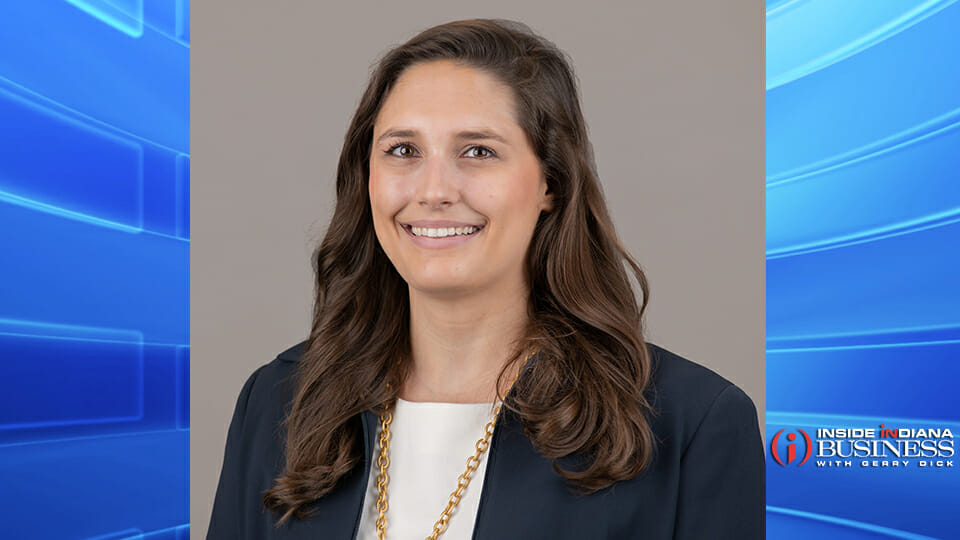The auto premium surge
Subscriber Benefit
As a subscriber you can listen to articles at work, in the car, or while you work out. Subscribe Now
The other day, I got a notice from my auto insurance provider stating that my premium would rise starting on my renewal date next month. When I took a closer look, I discovered it was close to a 30% increase! After some frantic research, I quickly realized that I wasn’t alone.
Why Have Premiums Increased?
According to August’s Consumer Price Index Report, car insurance premiums are up 19% this year, the biggest annual increase since 1976. Premium increases of at least 10-15% are to be expected. These massive hikes are largely due to catastrophe losses and rising car repair costs.
States prone to extreme weather conditions and natural disasters have seen the largest hikes in auto premiums this year. According to the Washington Post, Florida has seen an 88% premium increase due to hurricane claims and Colorado has a 52% increase due to tornado and hailstorm damages.
With this influx of catastrophe claims, insurance companies face significant losses, forcing them to increase premiums nationwide. Some insurance companies have gone as far as to pull out of disaster-prone states, forcing thousands of people to find new providers.
Additionally, car repair prices have started to outpace inflation, with no signs of slowing down. In recent years, there has been an upsurge in consumers purchasing more expensive and more technologically advanced cars, which ultimately leads to more expensive repairs.
The rising catastrophe repairs this year only added salt to the wound. In addition, the ongoing supply chain issues and scarcity of auto repair technicians put even more pressure on insurance companies to continue raising premiums to keep up with the cost of these higher claim payouts.
Are There Ways to Save?
You may be tempted to lower your coverage to cut costs, and you’re not alone. According to the Insurance Journal, the number of drivers purchasing full coverage policies has declined by more than 50% this year.
Before making any cost-cutting decisions, however, you will want to weigh your options carefully. By law, Indiana requires minimum liability coverage of 25/50/25. In other words, your liability coverage must cover at least $25,000 per person for bodily injury, $50,000 per accident for bodily injury, and $25,000 for property damage. Beyond these minimums, you should consider your capacity for risk and financial situation should you experience a loss. In a serious accident, those minimum coverage requirements typically aren’t nearly enough to cover all expenses.
As for other ways to save, does your insurer offer discounts for bundling? Can you enroll in a safe driving program? Reaching out to your insurance provider to see what they offer could be beneficial. Another option to explore would be raising your deductible. If your current deductible is $500, ask your insurance company what the premiums would be if you increased your deductible to $1,000.
Does Loyalty Pay?
In general, insurance companies want to maintain their current book of business. They try to entice customers to stay by offering loyalty discounts.
While one might assume that a loyalty discount equals reducing premiums, it could not. Loyalty discounts come in a variety of forms, depending on your insurer. Some will categorize their bundling and multi-car discounts as loyalty discounts. Others will offer accident forgiveness or a promise of increased customer service.
Even if your loyalty discount reduces premiums, you might not see the benefit for several years or more – you must prove your loyalty, after all. So, before you vow to stick around for the loyalty perks, dig into what this benefit equates to and weigh the costs of waiting around to reap the benefits.
During times like these, when rates are exponentially high, shopping around tends to look more and more attractive, especially considering it doesn’t hurt to know what’s out there.
Summary
If your renewal date is coming, get a jump start on strategy. If your premium does increase significantly, don’t be too discouraged. Contact your current insurer to learn how to save and consider shopping around for better rates. And while it may be tempting, don’t limit the coverage you need; just lower your premium.
Olivia Maynes, CFP, is a Financial Planning Coordinator with Bedel Financial Consulting, Inc., a wealth management firm located in Indianapolis. For more information, visit their website at www.bedelfinancial.com or email Olivia at omaynes@bedelfinancial.com.
